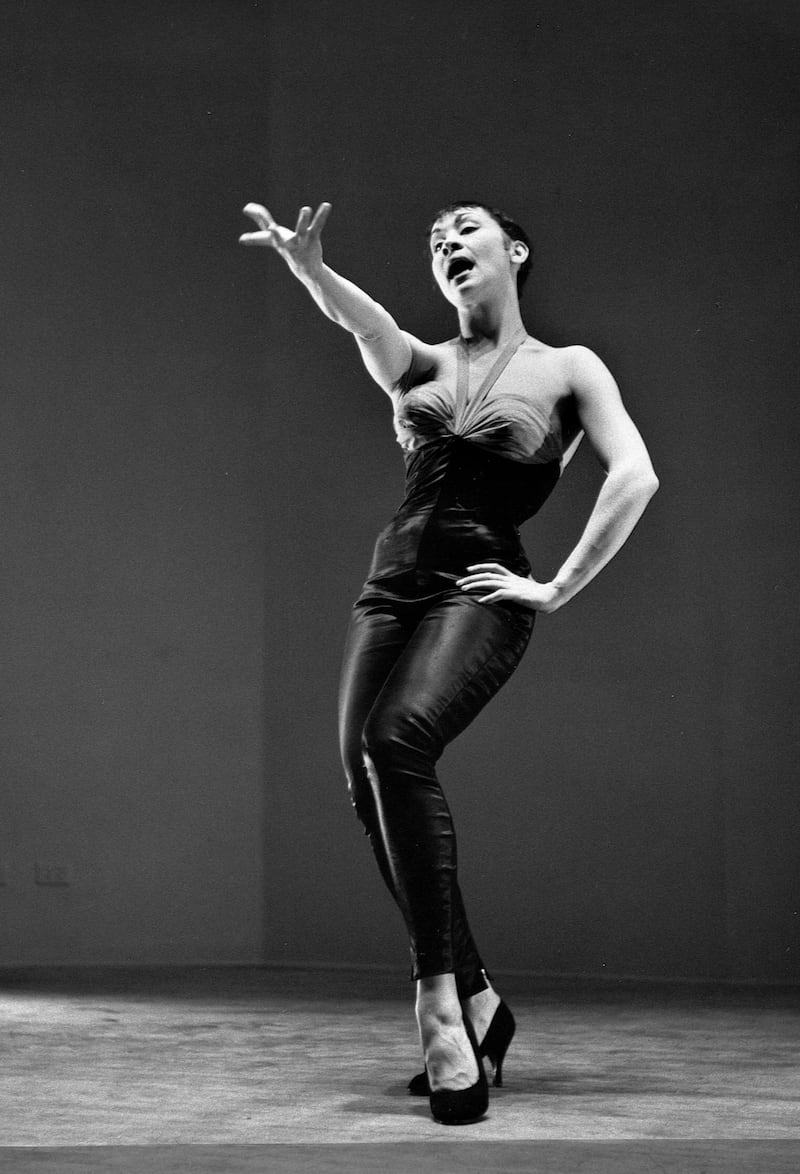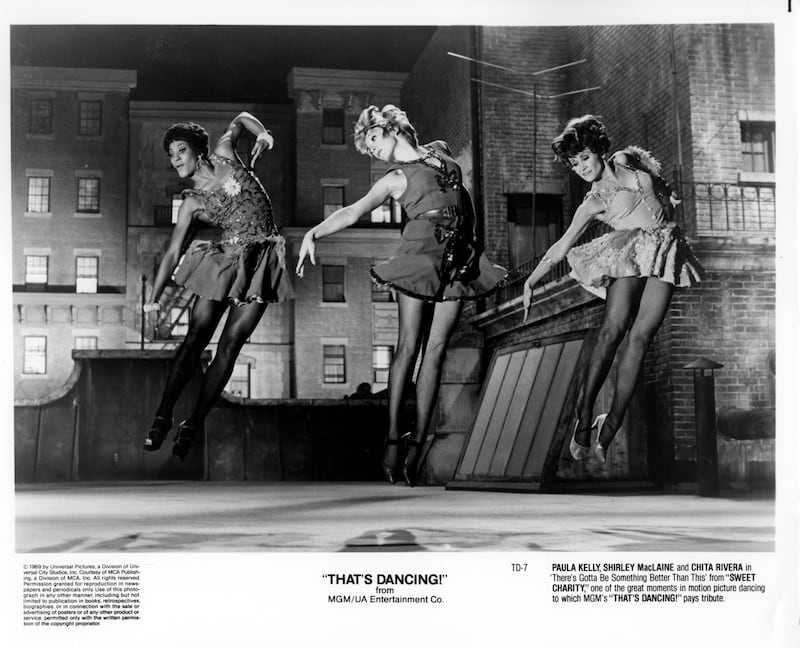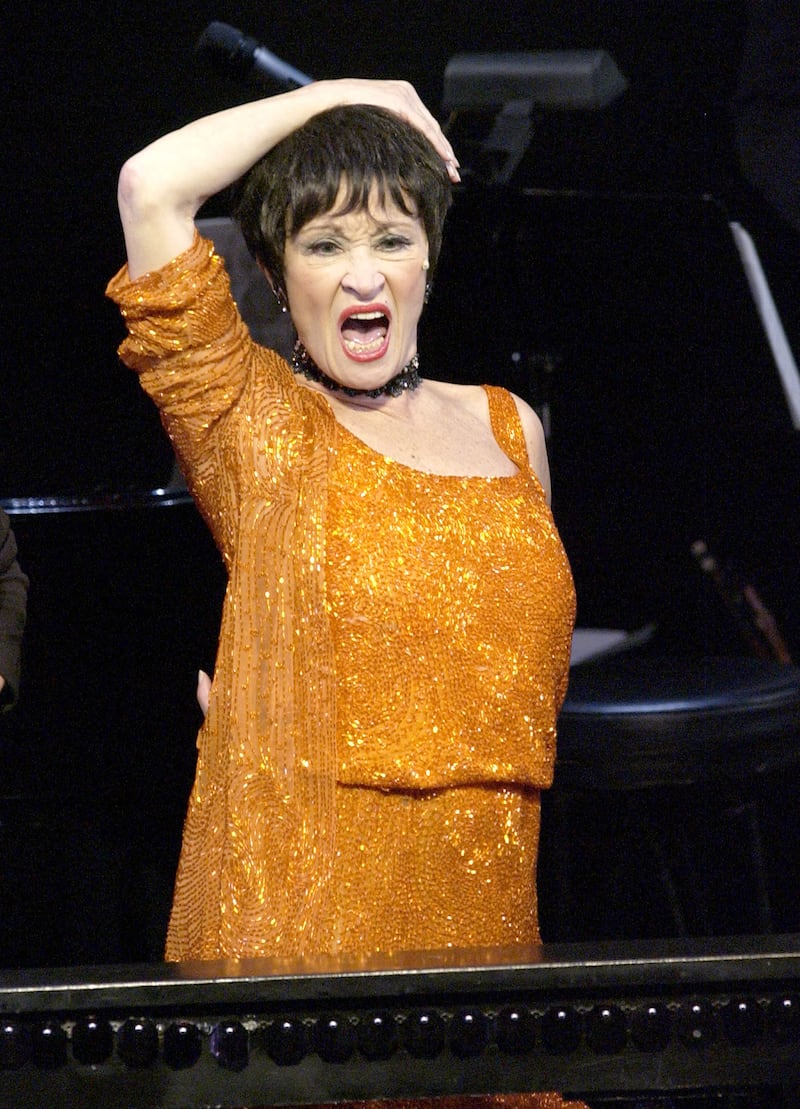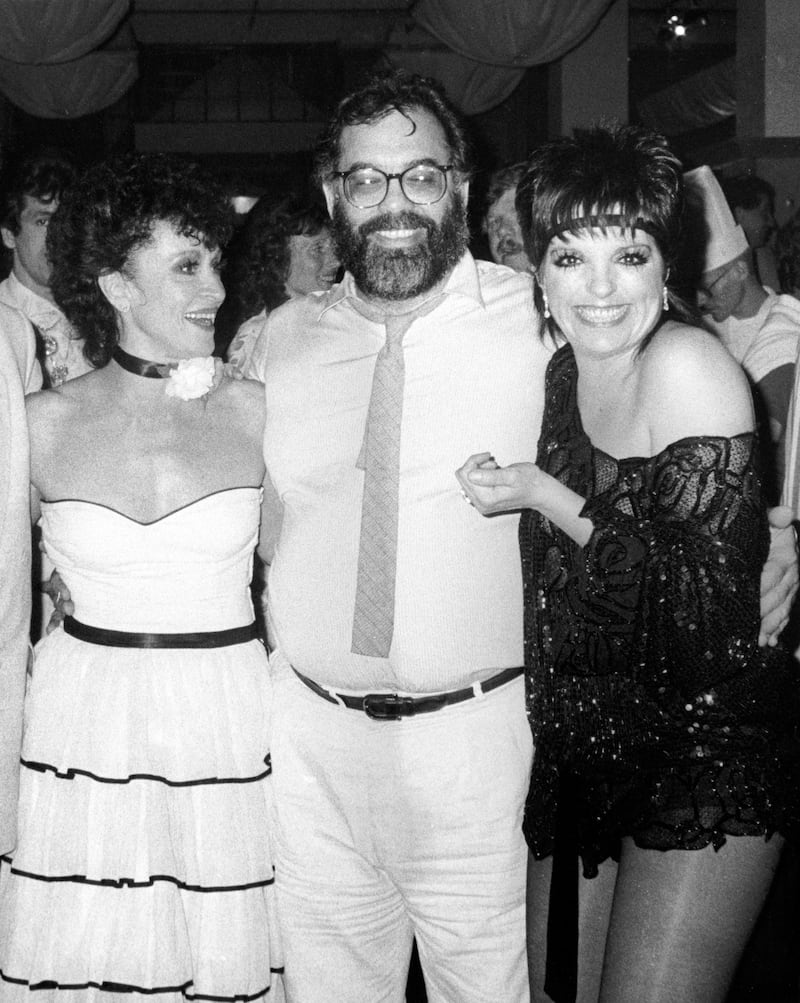On September 26th, 1957, at New York’s Winter Garden Theatre, Broadway was changed forever – and Chita Rivera helped change it.
After months of rumours and rehearsals, the curtain rose on West Side Story: Romeo and Juliet meets New York gangland violence. When the curtain fell, the opening night audience – more used to singing cowboys and dancing gold-diggers – had just witnessed three dramatic deaths, set to devastating music. Amid the gloom, Rivera flicked a switch with the dance anthem, America, mocking and embracing the immigrant experience: “Everything free in a America/ for a small fee in America”.
The audience went wild and Rivera remembers being “absolutely flabbergasted”.
“The timing of the show from rehearsals had been totally upended, but the conductor went on with the music,” she says from her New York home. “We hit the wings and said, ‘what do we do?’ The stage manager said, ‘you go downstairs and you get dressed’ because the timing of the play was more important than the timing that night. Reality stepped in.”
READ MORE
Rivera was part of Broadway history that night, 66 years ago, but she also learned the most important lesson: the show must go on.
Chatty, curious and thoughtful as we talk, Rivera is to Broadway what Joan Collins is to Hollywood: a glamorous, survivor from a golden age that no longer exists.
Like few others, Rivera helped shape the musical as one of America’s original art forms. Born just more than a century ago, when revues broke from their European operetta origins, the 1940s musical matured into an integrated theatrical form. With music and dance that enhanced character and progressed plot, the musical soon demanded performers who could sing, dance and act: the so-called triple threat.

Rivera is among the last in that line of entertainers and her new memoir is an engaging, light-footed dance through the rehearsal rooms, opening nights, hits and flops of a Broadway career.
Looking back to her breakthrough in West Side Story, what does she think Leonard Bernstein – or her other early mentors – saw in her back then?
“I just assumed it was me,” she says. “It was just my personality, my upbringing that made me a certain way because of my four siblings and my parents.”
Rivera was born Dolores Conchita Figueroa del Rivero in Washington DC in January 1933. Her Puerto Rican musician father died when she was seven but, in his absence, remained a lifelong presence and inspiration.
Her mother Katherine was of Scottish-Irish origin, but Rivera knows little of her Irish roots and says she has decided to “let them go”. Not quite, I suggest, given how her memoir relates her passion for Halloween. Did she know that originates in Ireland?
“Aha, I am so Halloween,” she laughs, “perhaps that is the biggest thing that I got from the Irish”.
[ Sun & Sea: Under the glare of a hot sun, an opera unfoldsOpens in new window ]
A high-energy teenage tomboy, Rivera was enrolled by her mother in a local dance school to save her livingroom furniture. Aged just 16, she was taken on by legendary choreographer George Balanchine at his School of American Ballet in New York. Fate intervened three years later when Rivera joined a friend at an audition and secured a chorus role in the first touring production of Call Me Madam, the Irving Berlin musical.
After a year living in hotels and sleeper trains – an MGM showbiz musical crossed with Some Like it Hot – Rivera returned to the post-war Broadway musical boom and chorus roles in Cole Porter’s Can-Can and Frank Loesser’s Guys and Dolls.
Watching performers such as Gwen Verdon taught her important lessons in cast collegiality and dancer discipline. Her memoir reveals, too, how her Catholic faith has remained a source of strength and solace in the dark times.

Rivera thinks “the rigidity of the Catholic faith had something to do with” her success. After all, she jokes, “Catholic girls practically invented guilt”.
“We think of guilt as a bad thing, but it is not if it makes you work hard and correct things,” she said. “I pride myself . . . in straightening things out before they get too bad. I like to straighten things out at the time.”
There was plenty to learn – and straighten out – in the West Side Story rehearsal room: not just choreographer Jerome Robbins’s punishing dance moves, but also how to deal with the choreographer’s world-class temper. Rivera hit on an approach familiar to Irish everywhere: defuse, deflate and deflect tension with humour.
“You are not threatening,” she said, “you just put some humour into it and that way you can say the truth”.
Her success as Anita in West Side Story wasn’t enough to secure the screen role, which went to Rita Moreno. But Rivera was too busy to care for long: she married a fellow cast member, had a daughter, joined the show’s premiere production in London, opened Bye Bye Birdie on Broadway with Dick van Dyke, danced in the film version of Sweet Charity alongside Shirley MacLaine and, on the small screen, held her own on The Judy Garland Show.
Clips of those performances live on in YouTube, along with moments of Rivera’s two musical appearances with Garland’s daughter, Liza Minnelli: in the original 1975 production of Chicago and, a decade later in The Rink as a warring mother and daughter.
The musical, set in a rollerskating rink, turned into an emotional rollercoaster: Rivera was mourning her own mother while Minnelli, at the height of her fame, was both a box-office draw and drug-addicted liability. After a run of missed cues and performances, Minnelli checked out of The Rink into the Betty Ford Clinic – closing the show. Looking back, Rivera writes generously about her co-star’s struggles with addiction and the demons left by an early life with her troubled mother.
“The show was so similar to Liza’s life, what little I knew of it,” says Rivera now. “Her capacity for understanding, when she was sick, was diminished. There but for the grace of God go I.”
Like Minnelli, who achieved world fame and an Oscar for Cabaret, Rivera says she owes much of her career to the song-writing duo of John Kander and Fred Ebb. Rivera’s collaboration with the team continued into the 1990s with Kiss of the Spider Woman and, most recently, The Visit.
Far from the shiny, jazz-hands musical cliche, these challenging shows – based on works by Manuel Puig and Friedrich Dürrenmatt – are meditations on life in the shadow of death. Rivera’s lifetime collaboration with Kander and Ebb has allowed her that embrace and explode just what a musical can be.
“John and Freddy write on any and every subject, but the dark side is what they write so brilliantly,” says Rivera. “They accept every part of life and write about it, they write from the heart.”
While lyricist Ebb died in 2004, Rivera and Kander – now 96 – appeared onstage recently in New York, two of the few survivors of Broadway’s golden age. Has she seen anything great lately on the Great White Way?
“I was afraid you were going to ask me that,” she says carefully. “I have seen nothing. I don’t know if we can find people that can hit in those tunes anymore. It is really very alarming.”
Amid the gloom are, of course, Broadway hits like Hamilton. Its talented creator of Lin-Manuel Miranda, also of Puerto Rican descent, says Rivera “blazed a trail where none existed so the rest of us could see a path forward”.


Her memoir co-author Patrick Pacheco says Rivera has “always thought of herself as a citizen of the world . . . a dancer and a creative artist who never felt hemmed in by other people’s definitions of who she was”.
And how does she feel about being held up now as a trailblazer? Rivera says she was largely oblivious to race until 1956, starring alongside legendary black entertainer Sammy Davis jnr in the semi-autobiographical Broadway show, Mr Wonderful.
“Sammy never thought of himself as black and I never thought of myself as Latina until later in life,” she says. “People try to make my entire career about being Latin. But I didn’t realise I was different – because I am not.”
After a long life and rich career, Rivera has become the all-American success story that Anita hoped for in West Side Story: the singer became the song, the dancer became the dance. How does she look back on it all?
“I have always seen myself as being born with an empty canvas, then your life is splattered on: lines, circles and colour is very important,” she said. “By the end of your life you are a painting and hopefully we have a beautiful painting of our lives – of what we have done and the feelings we had.”
Chita: A Memoir by Chita Rivera with Patrick Pacheco is published by HarperOne.

















